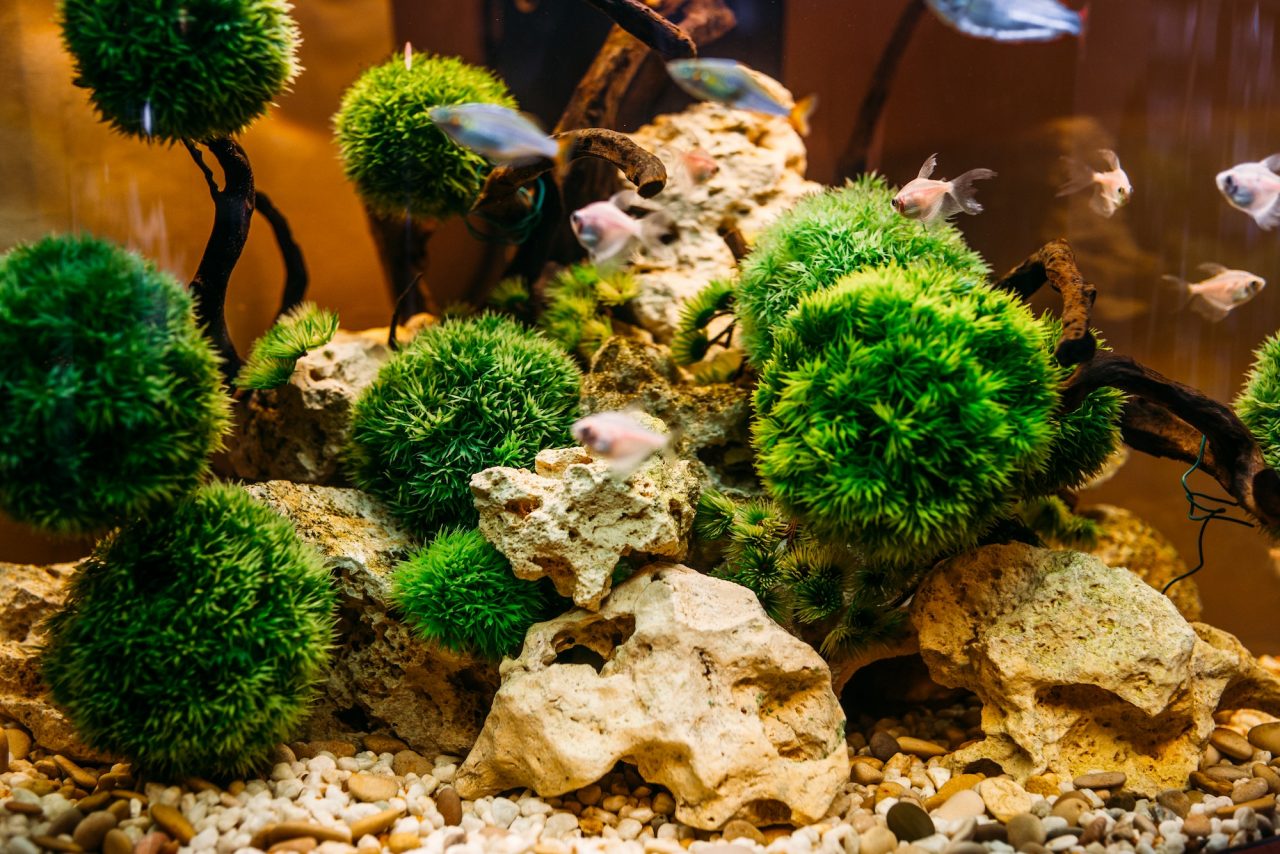The fear, often real, of most coral reefkeepers is that their corals and live rock will become overgrown with algae. To prevent this, much time, effort and money is spent on ways to prevent algae from taking over reef systems, and, if it does become established, on eliminating it. While there are many different opinions on how best to control algae growth, there is little detailed data on just what causes algae to grow so thick that it is able to smother reef organisms. Most articles on the subject (as well as products) discuss phosphorous concentrations and recommend keeping them below one milligram per liter (mg/L). Phosphorous is usually thought to be the cause of algae blooms in reef tanks, which is why hobbyists are directed to use such things as phosphate-free activated carbon. While this is sound advice, it does not always solve the problem.
There are several reasons for this. One may be that phosphorous really isn’t the problem. Perhaps another nutrient, such as nitrogen, is the real culprit. Further, is 1 mg/L really the magic number such that if you maintain phosphorous below this algae will be unable to grow? There is actually little data to support this number.
The problem of algae taking over reefs is not limited to the home aquarium. There are coral reefs worldwide that are being overgrown with algae, and there are several possible reasons for this. One study (Hughes, T. P. 1994. Catastrophes, phase-shifts and large-scale degradation of a Caribbean coral reef. Science 265:1547-1551) found that rather than high nutrient levels, the lack of algae-consuming fish was the cause of a shift from what had been a coral reef community to a macroalgae community.
Two terms that are frequently used in community ecology are “top-down” and “bottom-up.” They refer to how the structure of the food web is regulated. Bottom-up concerns the availability of nutrients or resources. Thus, in the context of a coral reef community, if nutrients are scarce, so that algae can’t grow, it is said that there is a bottom-up control on the community. On the other hand, if the production or coverage of algae is limited by the grazing action of fish (consumers) rather than nutrients, then there is said to be a top-down control on the community. The terms come from the fact that in food webs nutrients are at the bottom (used by the primary producers), while consumers are at the top. Thus, any effect nutrients have must go up the web, while any effect consumers may have goes down the web.
It can be often seen that coral reef hobbyists pursue both bottom-up and top-down control strategies when dealing with algae. Inputs of nutrients to the tank are minimized and filtration devices (protein skimming, denitrification, special resins, etc.) are used to limit the nutrients available to the algae. At the same time, certain species of fish are kept in the reef tank expressly to graze on any algae that might start to appear. In the following discussion the word algae is used frequently.
The best advice is to minimize inputs and maximize outputs. Outputs include protein skimmer waste — so use one and keep it clean — and particulate material that can be removed with a good mechanical filter, which should also be cleaned often. Also, limit the fish population to fish that are algae grazers, so that little fish food need be provided on a regular basis.
In short, good attentive husbandry is what is needed. There are no quick, easy cures. If your aquarium is experiencing massive macroalgae blooms, then consider all the different sources of nutrient inputs and work to minimize, if not eliminate, them. Finally, realize that aquaria can go through phases. For most, there is an algae bloom after set up. This is probably caused by the large amounts of nutrients from the live rock. So, rinse the rock well or use cured live rock. Algae blooms cannot be eliminated overnight. It takes time and diligence, but it can be done.





